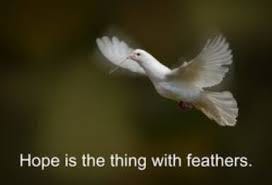What Makes For A Good Metaphor?
Ocean Vuong writes that good metaphors are “exploratory” rather than “performative.” Metaphors should help us deepen our relationship to and understanding of the world, not show off our writerly cleverness.
If I say, “Life is a ketchup packet (predictable inside, yet hard to open without making a mess)” that’s performative because it reads more like “loo…
Keep reading with a 7-day free trial
Subscribe to What Is Called Thinking? to keep reading this post and get 7 days of free access to the full post archives.



